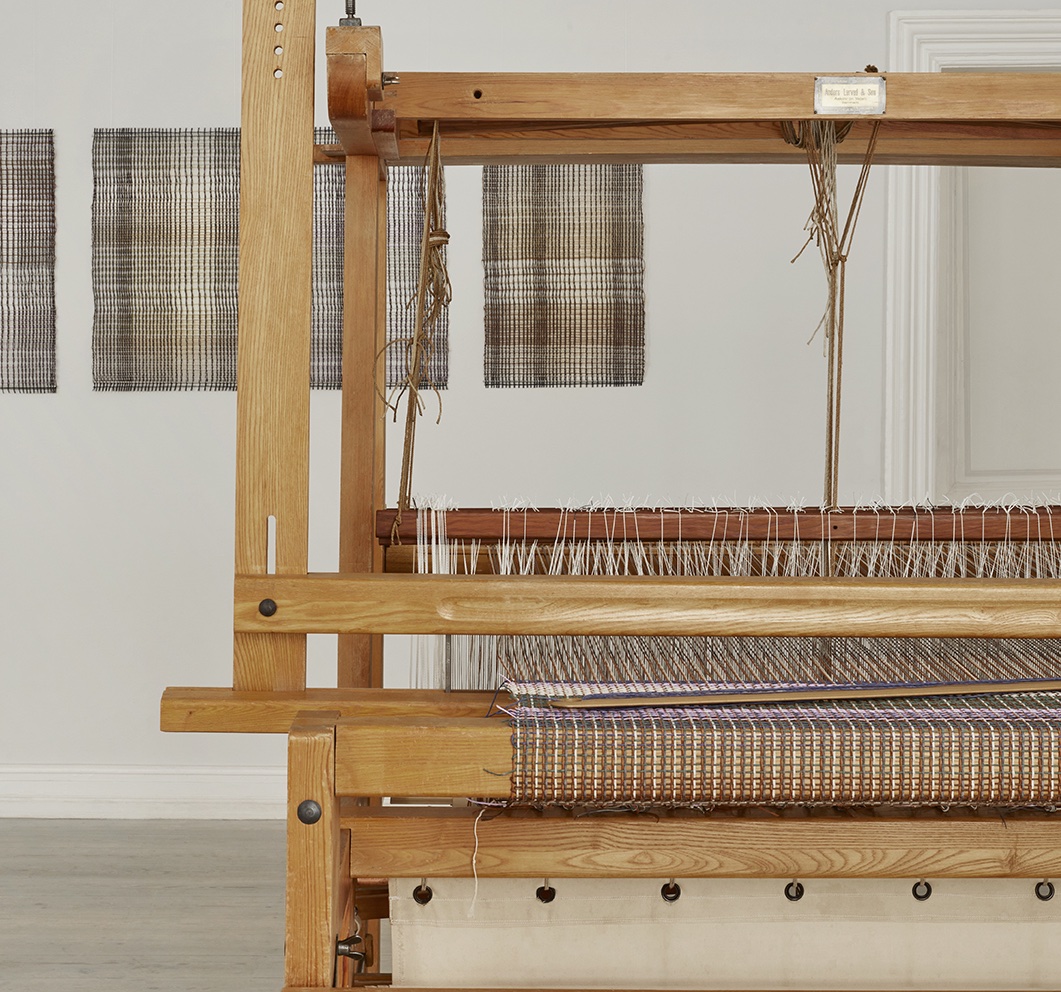‘The role as an assistant to a working artist and designer of wearable art has given me a different confidence. Now I know that I am someone who people want to collaborate with,’ designer Sally Bjerre Gaarde says. In 2022, she graduated with a Bachelor’s degree in Clothing Design from Design School Kolding. Shortly after, she had the opportunity to land an attractive position as a design assistant for a Danish artist and costume designer, with whom she worked full-time for almost a year.
New material insight
During the period she worked for the artist, Sally was involved in various tasks, as the artist was preparing for a major exhibition in Copenhagen. In her assistant role, she developed forms, constructed patterns, sewed, upholstered furniture, and worked with a variety of materials. Additionally, she handled classic assistant tasks such as attending meetings and planning and executing various practical tasks.
“It was truly instructive to work as an assistant. I was challenged in my skills and learned both new ways of working, new ways to construct, and new perspectives on art and design, and it has provided a new professional perspective to my own practice. Having to ‘speak into’ an artist’s work as a design graduate has equipped me to work across disciplines,” Sally Bjerre Gaarde explains, who today describes her career as a collage, combining tailor jobs, a part-time position for a new, upcoming clothing brand, and a project position at Den Frie Udstillingsbygning.
Luck and hard work
Sally is entirely convinced that the assistant job helped kickstart her career.
‘As a recent graduate, I was a bit overwhelmed by the thought of having to find work solely based on my bachelor’s degree. Because the job postings I saw typically required three to five years of experience. So I felt lucky when I landed my assistant job. The opportunities have really opened up for me, but I’ve also worked for it. So you could say that the start of my career was a mix of luck and hard work,’ Sally explains.
A piece of advice: Be ready for tasks outside your area of expertise She strongly recommends other recent graduates to pursue an assistant job and is happy to provide a few pieces of advice.
‘Seek out opportunities and seize the chances that arise. Also, when it comes to crossing disciplinary boundaries. Having a craft, for example, can be very useful in an artistic context if that’s the path you want to follow.’
‘And definitely use your expertise and craftsmanship in the role and contribute your ideas and knowledge. But also be prepared to be thrown into tasks outside of what you may have brought from your education. It provides some competencies.’
Theme: Education
The education landscape for craft and design is in constant flux. Recent reforms call for an examination of what these developments mean for the entire field. Formkraft provides column space for different perspectives in an effort to add nuance to the debate. Read theme
Navigating Changes: Challenges in Danish Crafts and Design Education
The Danish tradition of crafts and design is at risk, and young design enthusiasts may need to consider foreign alternatives to pursue a master’s degree. Formkraft explores downward trends and raises important questions about the future of Danish crafts and design.
Read editorial by Anders V. Munch, Ph.D. Master of History of Ideas and Art History

Reinventing craft
About the interplay of craft, design and other terms used to describe the field in Denmark.
Read article by Anders V. Munch, Ph.D. Master of History of Ideas and Art History



